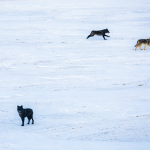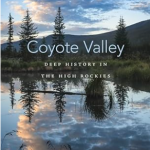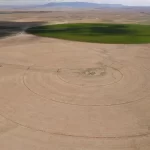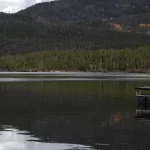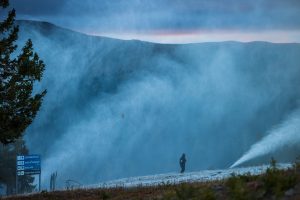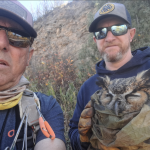Book Review: “Coyote Valley” explores the ecological history of Kawuneeche
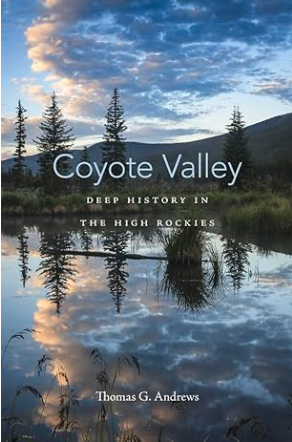
Harvard University Press/Courtesy image
Have you ever wanted to fill your reading hunger by digesting a complex book? If so, check out “Coyote Valley: Deep History in the High Rockies” by Thomas G. Andrews.
Although it was published a decade ago in 2015, “Coyote Valley” is still valuable as a reference resource on man and nature’s connections. Andrews, an environmental history professor at University of Colorado at Boulder, examines the historical significance of Coyote Valley.
Also known as Kawuneeche Valley, Coyote Valley is located just a few miles north of Grand Lake. Each year, thousands of tourists travel through the valley which is located at the western entrance to the Rocky Mountain National Park.
In part one of the book, Andrews traces the Valley’s history of the earliest native Indian migration — about 13,000 years ago — through the Ute tribe’s dispossession from their homes in the 1850s.
Part two discusses the encroachment of early European settlers into the Valley. As the book carefully documents the waves of settlers who arrived in the Valley. Andrews profiles the homesteaders, ranchers, and miners who remade the Valley to suit their needs. He does not shy away from telling the darker sides of settler colonialism.
Part three covers Coyote Valley in the latter half of the 20th century. The valley was badly burned during the East Troublesome Fire in October of 2020, the scars of which still remain to this day.
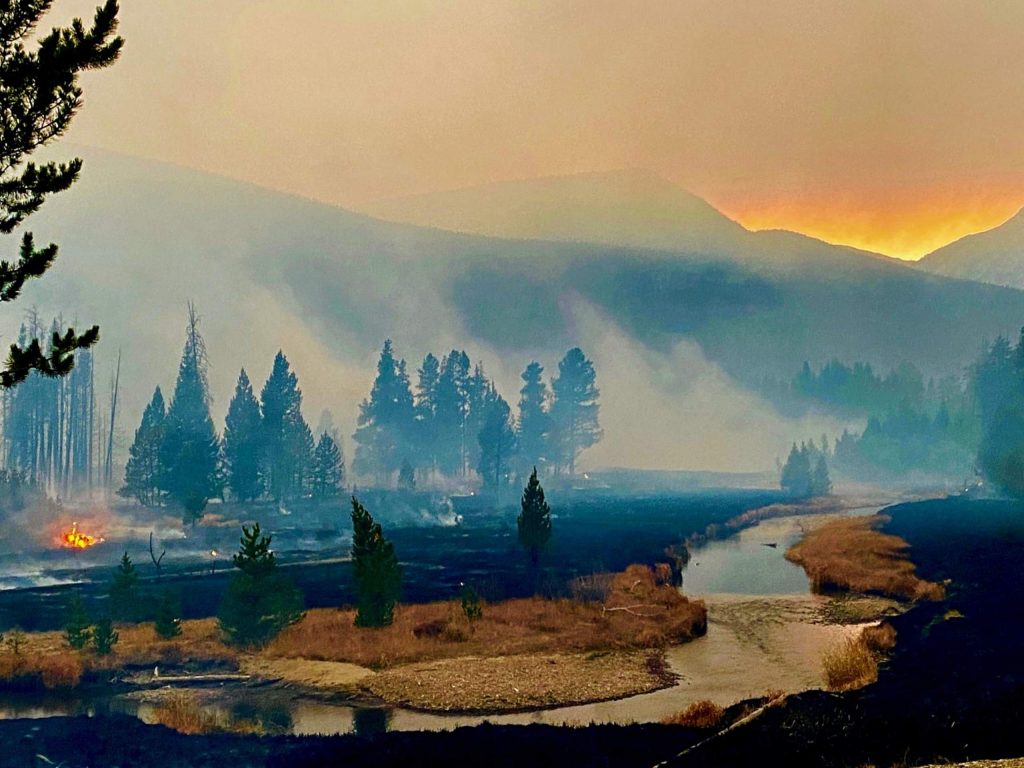
Throughout the book, Andrews creates a vivid, compelling portrait of a landscape often overlooked in the annals of Colorado history. At the heart of the book is the question: How has the relationship that people and nature molded the valley’s past and present?
To address the question, Andrews explores ecological transformations. From the valley’s prehistoric origins through indigenous stewardship, colonization and twentieth-century development, Andrews traces the region’s shifting mosaic of flora and fauna, paying close attention to keystone species, such as the namesake coyote.
Through these narratives, the author underscores a central theme: the valley is never fixed, but it is the product of countless changing processes between nature and humans. Andrews does not reveal easy answers, but instead challenges the reader to understand the complexity of ecological change, The author’s ability to weave together biography, ecology and cultural analysis sets “Coyote Valley” apart from more conventional local histories.
Whether you are a Colorado resident, a student of environmental change, or someone who loves the outdoors, “Coyote Valley” will challenge your assumptions and inspire you to see new ways of viewing nature and our connection to our local environments.
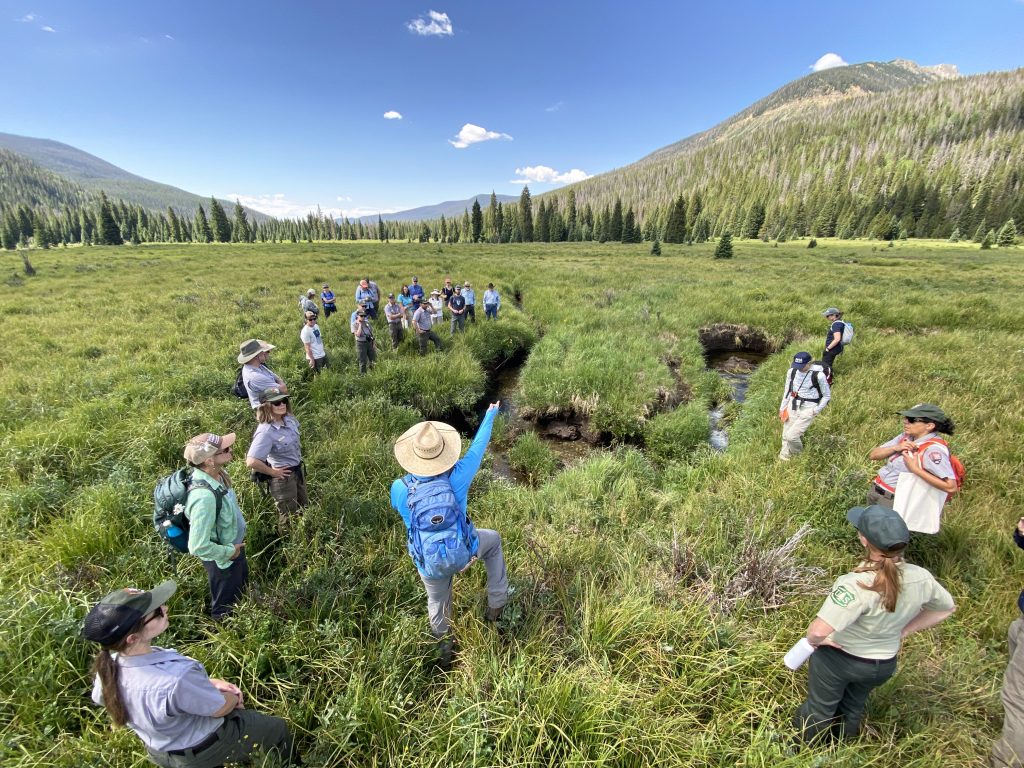
Bill Brown is an educator and journalist based in Choctaw, Oklahoma. His daughter, Jennifer Brown, owns the Mountain Gal Boutique and Quacker Gift Shop in Grand Lake. Her husband, Steve Kudron, is Grand Lake’s current town manager. Brown and his wife of 60 years visit northern Colorado often. They like to see the snow, view the majestic mountains and play with their daughter’s three cats.


Support Local Journalism

Support Local Journalism
The Sky-Hi News strives to deliver powerful stories that spark emotion and focus on the place we live.
Over the past year, contributions from readers like you helped to fund some of our most important reporting, including coverage of the East Troublesome Fire.
If you value local journalism, consider making a contribution to our newsroom in support of the work we do.

